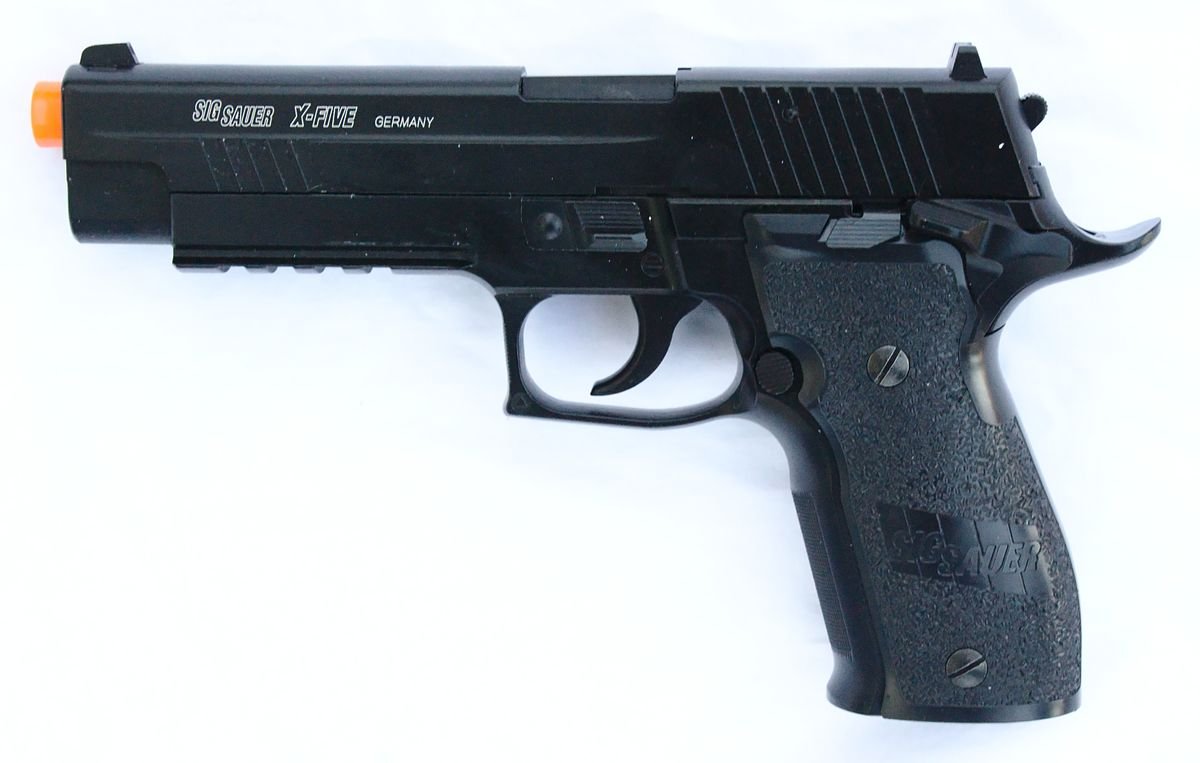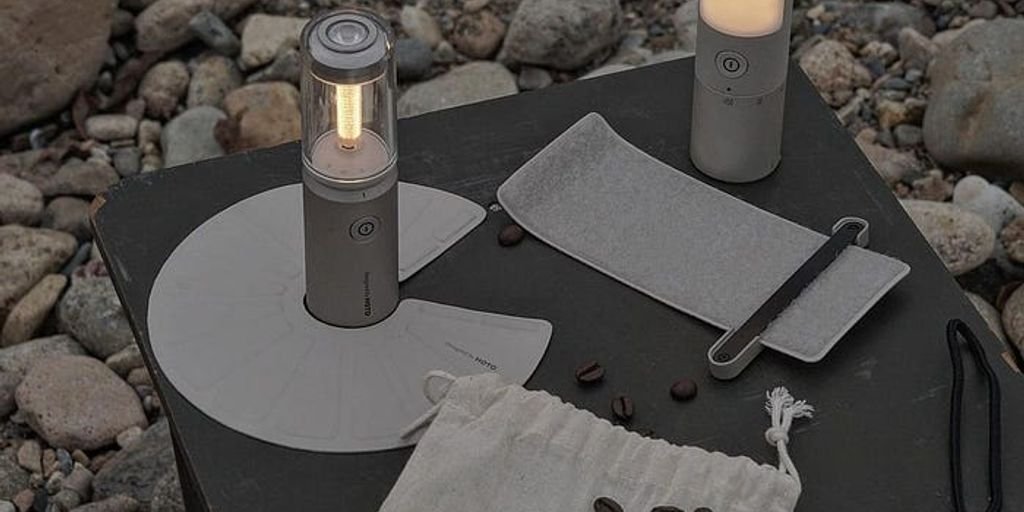As an adventurous soul, it’s essential to equip yourself with the right gear to make the most of your outdoor experiences. Whether you’re hiking, camping, or exploring new trails, having the right tools at your disposal can enhance your adventures and keep you safe. In this article, we’ll delve into the must-have outdoor equipment that every enthusiast should consider to upgrade their adventure today.
Key Takeaways
- Investing in a high-capacity, comfortable, and weather-resistant backpack is crucial for carrying essentials on any trail.
- Choosing the right shelter, such as a durable tent that’s suited to various environments, can protect you from harsh weather.
- Selecting proper footwear with the right fit, support, and durable materials is vital for tackling rugged paths.
- Hydration systems, including water bottles or hydration packs with purification tools, are key for sustained outdoor activities.
- Navigational gear like GPS devices, traditional compasses, and emergency signaling equipment are indispensable for safety in uncharted territories.
Backpack Essentials for Every Trail

Choosing the Right Capacity
When selecting a backpack for your outdoor excursions, capacity is key. Aim for a balance between space and weight to ensure you can carry all your necessities without being weighed down. Backpacks are typically measured in liters, and the right size for you will depend on the length of your trip and the gear required.
| Trip Type | Suggested Capacity (Liters) |
|---|---|
| Day Hikes | 10-30L |
| Overnight | 30-50L |
| Multi-day | 50-70L |
| Extended | 70L+ |
Comfort and Support Features
Comfort and support are non-negotiable when it comes to backpacks. Look for features such as padded shoulder straps, an ergonomic design, and a hip belt to distribute weight evenly. A well-fitted backpack can make a significant difference in your hiking experience.
- Padded shoulder straps for cushioning
- Hip belt to distribute weight
- Adjustable chest strap for stability
- Ventilated back panel for breathability
Weather-Resistant Materials
Your backpack should be able to withstand the elements. Materials like nylon and polyester offer durability and water resistance. Some backpacks come with a rain cover for added protection. Remember, keeping your gear dry is essential for a comfortable and safe adventure.
- Water-resistant or waterproof materials
- Durable fabrics like nylon and polyester
- Optional rain cover for extra protection
Packing light and choosing multi-purpose gear can greatly enhance your outdoor experience. Evaluate your packing after each trip to continuously improve your setup.
Shelter Solutions for the Great Outdoors

Tent Types for Different Environments
When selecting a tent, it’s important to consider the specific environment you’ll be exploring. Different tent designs cater to varying conditions, from ultralight backpacking models to sturdy expedition tents. Here’s a quick guide to help you choose:
- Ultralight Tents: Ideal for backpackers who prioritize weight savings.
- Dome Tents: Offer excellent stability and resistance to wind.
- Tunnel Tents: Provide a good space-to-weight ratio, suitable for cyclists.
- Geodesic Tents: The best choice for extreme conditions due to their robust structure.
Setting Up for Weather Endurance
To ensure your shelter can withstand diverse weather conditions, focus on tents with features like a full-coverage rainfly, strong aluminum poles, and ample guy lines. Proper setup is crucial; always secure your tent with all provided stakes and guy lines. Here’s a simple checklist for weatherproofing your tent:
- Use a footprint to protect the tent floor.
- Position the tent with the narrow end facing the wind.
- Apply seam sealer to prevent leaks.
Compact and Lightweight Options
For those looking to minimize their pack weight, there are several compact and lightweight shelter options available. These include bivy sacks, hammocks with rain covers, and ultralight tarps. Here’s a comparison table for reference:
| Shelter Type | Average Weight | Packed Size |
|---|---|---|
| Bivy Sack | 1-2 lbs | 4" x 8" |
| Hammock | 2-3 lbs | 5" x 10" |
| Ultralight Tarp | < 1 lb | 3" x 6" |
Choosing the right shelter is more than a matter of comfort; it’s a key component in your safety and enjoyment of the outdoors.
Footwear for the Rugged Path

Choosing the Right Capacity
When selecting hiking footwear, it’s essential to consider the type of terrain and the load you’ll be carrying. Sturdy, ankle-supporting boots are ideal for mountainous terrain, while lighter shoes may suffice for less demanding trails. Always prioritize fit over style to ensure maximum comfort and support.
- For mountainous terrain: Opt for boots with ankle support.
- For flat trails: Trail shoes or light hikers might be enough.
- For mixed terrain: Consider versatile footwear that offers both support and flexibility.
Comfort and Support Features
A well-fitting pair of boots or shoes is crucial for long hikes. Look for features like cushioned insoles, supportive midsoles, and a secure lacing system to keep your feet comfortable. Remember, the right fit can prevent blisters and other foot injuries.
- Cushioned insoles for comfort
- Supportive midsoles for stability
- Secure lacing systems for a snug fit
Comfortable and well-fitting boots will keep your feet happy during long hikes.
Weather-Resistant Materials
Your footwear should be able to withstand the elements. Materials like Gore-Tex provide waterproofing while allowing your feet to breathe. In wet conditions, a water-resistant upper and a gusseted tongue can keep your feet dry.
- Gore-Tex or similar materials for waterproofing
- Water-resistant uppers to prevent water ingress
- Gusseted tongues to keep debris out
Hydration Systems for Sustained Adventures

Water Bottles vs. Hydration Packs
When selecting a hydration system, consider the trade-offs between water bottles and hydration packs. Water bottles are simple and reliable, but accessing them can interrupt your hike. Hydration packs offer hands-free convenience, allowing for easy sips without stopping. Ensure your choice has adequate capacity for your journey.
- Water Bottles: Traditional, easy to refill, may require stopping to drink
- Hydration Packs: Hands-free, convenient, often with larger capacity
Purification Tools for Safe Drinking
Access to clean water is essential. Portable water filtration systems or purification tablets can make water from natural sources safe to drink. Always have a means to purify water to avoid dehydration and health issues.
| Method | Effectiveness | Weight | Maintenance Required |
|---|---|---|---|
| Filtration System | High | Varies | Regular |
| Purification Tablets | Moderate | Light | None |
Insulation Techniques for Temperature Control
Proper insulation of your hydration system can prevent water from freezing in cold conditions or becoming too warm in hot climates. Insulate your water bottles or hydration pack to maintain a comfortable drinking temperature.
- Use insulated covers or sleeves
- Store in the middle of your backpack
- Reflective materials can deflect sunlight
Staying hydrated is not just about having water on hand; it’s about ensuring that water is drinkable and at a comfortable temperature for consumption.
Navigational Gear for the Uncharted

Choosing the Right Capacity
When venturing into the unknown, the capacity of your navigational tools can make a significant difference. Selecting a GPS device with ample memory and long battery life ensures that you can store all necessary maps and waypoints for your journey. Consider devices that offer expandable storage options and user-friendly interfaces for managing your data.
Comfort and Support Features
Navigational tools should not only be functional but also comfortable to carry and use. Ergonomic designs and user-friendly interfaces are crucial for devices that will be used over extended periods. Look for features such as backlit screens for low-light conditions and customizable data fields to enhance your navigation experience.
Weather-Resistant Materials
The durability of your navigational gear is paramount when facing the elements. Devices constructed with weather-resistant materials can withstand harsh conditions, from torrential rains to extreme temperatures. It’s essential to have gear that you can rely on, regardless of the environment you’re exploring.
When exploring unfamiliar terrain, having reliable navigation tools is essential for staying on course and avoiding getting lost.
- GPS Devices and Their Advantages:
- High accuracy
- Real-time tracking
- Wide range of features
- Traditional Compasses and Maps:
- No reliance on batteries
- Lightweight and durable
- Essential for basic land navigation skills
- Emergency Signaling Equipment:
- Crucial for alerting rescuers
- Can include whistles, mirrors, and flares
Cooking Kits for Campsite Gourmet
Portable Stoves and Fuel Efficiency
When selecting a portable stove, consider the type of fuel it uses and its efficiency. Propane stoves are popular for their ease of use and consistent performance. However, for those seeking a lighter option, alcohol stoves may be preferable. Here’s a quick comparison:
| Stove Type | Weight | Fuel Type | Average Boil Time |
|---|---|---|---|
| Propane | Heavy | Propane | 3-5 minutes |
| Alcohol | Light | Alcohol | 5-8 minutes |
Remember, fuel efficiency not only impacts the environment but also the weight of your pack and the duration of your adventure.
Utensils and Cookware Must-Haves
A well-equipped cooking kit should include utensils and cookware that are durable and versatile. Stainless steel and cast iron are excellent choices for longevity and even heat distribution. Essential items include:
- A pot or pan with a lid
- A spatula or cooking spoon
- A sharp knife
- A cutting board
- A portable coffee press or teapot
Food Storage and Preservation
Proper food storage and preservation are crucial for maintaining the safety and quality of your meals. Insulated coolers can keep perishables fresh, while vacuum-sealed bags are great for dry goods. Consider the following for efficient food storage:
- Use bear-proof containers in wildlife areas
- Separate raw and cooked foods
- Utilize ice packs or freeze water bottles
The Stanley Adventure Base Camp 4 is often highlighted as the best camping cookware overall, offering a balance of quality, convenience, and price.
Sleep Systems for Restful Nights

Choosing the Right Sleeping Bag
A good sleeping bag is crucial for a comfortable night’s sleep in the great outdoors. When selecting a sleeping bag, consider its weight, compactness, and insulation capabilities for the expected temperatures. Fill type, shape, and temperature rating are key factors to guide your choice. Shapes vary from mummy, rectangular, to semi-rectangular, each offering different balances of thermal efficiency and space.
- Mummy bags: Tapered design, hugs the body, high thermal efficiency, less space.
- Rectangular bags: More space, less thermal efficiency.
- Semi-rectangular bags: Balance between mummy and rectangular.
Additional features like draft collars, hoods, and stash pockets can provide extra convenience and comfort, ensuring a warm and restful night.
The Role of Sleeping Pads
Sleeping pads play an essential role in your outdoor sleep system by providing insulation from the ground and cushioning for comfort. The choice of a sleeping pad can be as important as the sleeping bag itself. Look for options that allow you to customize firmness and consider the material for its insulation properties.
The right sleeping pad can make a significant difference in sleep quality, offering both insulation and comfort throughout the night.
Here’s a quick comparison of popular sleeping pads:
| Sleeping Pad | Material | Weight | R-Value |
|---|---|---|---|
| Therm-a-Rest MondoKing | Foam | 5.5 lbs | 11.4 |
| REI Kingdom Air Mattress | Air | 6.2 lbs | 6.0 |
Hammocks as an Alternative
Hammocks offer a unique alternative to traditional sleep systems, ideal for those who prefer sleeping above the ground. They are lightweight, easy to set up, and can provide a comfortable sleep experience, especially in warmer climates. However, they may require additional insulation layers in colder environments to maintain warmth throughout the night.
Survival Tools for Emergency Preparedness

First Aid Kits and Their Essentials
Being prepared for medical emergencies is crucial when venturing into the outdoors. A comprehensive first aid kit should include items such as bandages, antiseptic wipes, pain relievers, and any personal medications. Customize your kit to address the specific nature of your adventure.
- Bandages
- Antiseptic wipes
- Pain relievers
- Personal medications
Customize your first aid kit to include items specific to your needs and the nature of your hike.
Multi-Tools and Utility Knives
A reliable multi-tool or utility knife is indispensable for a range of tasks from gear repair to food preparation. When selecting a multi-tool, consider factors like weight, functionality, and ease of use.
- Gear repair
- Food preparation
- Emergency situations
Fire Starters and Weather Protection
In adverse weather conditions, having the means to start a fire can be a lifesaver. Equally important is protecting yourself from the elements. Ensure you have waterproof matches, a durable lighter, and emergency blankets in your kit.
- Waterproof matches
- Durable lighter
- Emergency blankets
Always carry a means to start a fire and protect yourself from harsh weather.
Conclusion
In conclusion, equipping yourself with the right outdoor gear is not just about enhancing your adventures—it’s about ensuring safety and enjoyment in the wilderness. From the essential backpack to the convenience of a portable campstove, each item plays a crucial role in your outdoor experience. As we’ve explored in this guide, investing in quality equipment is an investment in your passion for the great outdoors. Remember to stay prepared, stay informed, and most importantly, stay adventurous. For more insights and the latest in outdoor gear, continue to follow our daily blog and visit www.lifestylessports.com. Here’s to your next extraordinary outdoor adventure!
Frequently Asked Questions
What are the must-have items for a well-equipped backpack?
A well-equipped backpack should include a durable and comfortable bag with the right capacity, weather-resistant materials, and features like padded shoulder straps and multiple compartments for organization.
How do I choose the right tent for different outdoor environments?
When choosing a tent, consider the environment you’ll be camping in. Look for features like weather endurance, easy setup, and portability. Different tent types are designed for varying conditions, such as backpacking, mountaineering, or family camping.
What is the difference between hiking boots and trail shoes, and which should I choose?
Hiking boots offer more ankle support and are generally more durable and better for rough terrain, while trail shoes are lighter and more flexible, suitable for less rugged paths. Choose based on the type of terrain and personal comfort preference.
What are the benefits of using a hydration pack over a traditional water bottle?
Hydration packs offer convenience and larger capacity, allowing you to drink hands-free and carry more water. They are ideal for longer treks where water sources are scarce. Water bottles are simpler to use and clean, and are suitable for shorter trips.
Why is it important to have navigational gear, and what are my options?
Navigational gear is crucial for safety and orientation in the wilderness. Options include GPS devices, which offer precise location tracking, and traditional compasses and maps, which are reliable and do not require power.
What should I include in my first aid kit for outdoor adventures?
Your first aid kit should include bandages, antiseptic wipes, blister treatments, gauze, adhesive tape, pain relief medication, tweezers, and any personal medications. It’s also wise to carry a guidebook on first aid procedures.


